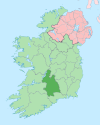
County Tipperary is a county in Ireland. It is in the province of Munster and the Southern Region. The county is named after the town of Tipperary, and was established in the early 13th century, shortly after the Norman invasion of Ireland. It is Ireland's largest inland county and shares a border with eight counties, more than any other. The population of the county was 159,553 at the 2016 census. The largest towns are Clonmel, Nenagh and Thurles.
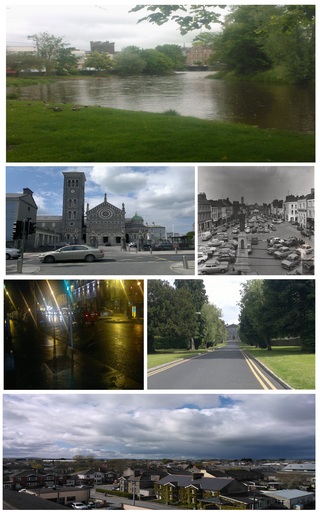
Thurles is a town in County Tipperary, Ireland. It is located in the civil parish of the same name in the barony of Eliogarty and in the ecclesiastical parish of Thurles. The cathedral church of the Roman Catholic Archdiocese of Cashel and Emly is located in the town.

Nenagh meaning “The Fair of Ormond” or simply "The Fair", is the county town and second largest town in County Tipperary in Ireland. Nenagh used to be a market town, and the site of the East Munster Ormond Fair.
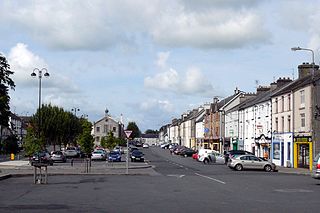
Templemore is a town in County Tipperary, Ireland. It is a civil parish in the historical barony of Eliogarty. It is part of the parish of Templemore, Clonmore and Killea in the Roman Catholic Archdiocese of Cashel and Emly.

Galbally is a village in southeast County Limerick, Ireland, on the border with County Tipperary. It is located at the foot of the Galtee Mountains and at the western approach to the Glen of Aherlow. The Aherlow River, flowing down from the Galtee mountains, runs by the village, to meet the Suir at Kilmoyler a short distance north of Cahir. Galbally is in a valley overlooked by the Galtee Mountains.
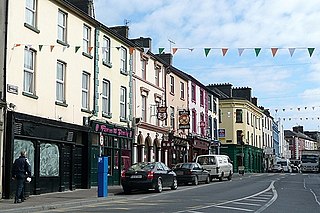
Tipperary Town is a town and a civil parish in County Tipperary, Ireland. Its population was 4,979 at the 2016 census. It is also an ecclesiastical parish in the Roman Catholic Archdiocese of Cashel and Emly, and is in the historical barony of Clanwilliam. The town gave its name to County Tipperary.
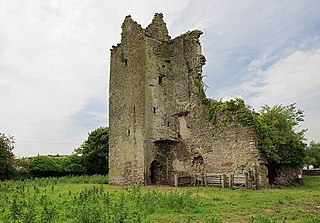
Borrisoleigh is a small town in County Tipperary, Ireland. At the 2016 census, it had a population of 679. In recent years the population has exceeded 1,000 while historically the population has been around 8,000. It is in the ecclesiastical parish of Borrisoleigh and Ileigh in the Roman Catholic Archdiocese of Cashel and Emly.
Clonoulty is a small village and a civil parish in County Tipperary, Ireland. It is one of nine civil parishes in the barony of Kilnamanagh Lower. It is also one half of the ecclesiastical parish of Clonoulty-Rossmore in the Roman Catholic Archdiocese of Cashel and Emly. Clonoulty may also refer to a slightly larger area which forms one half of the catchment area for Clonoulty-Rossmore GAA club.

Bansha is a village in County Tipperary in Ireland. The village is part of the parish of "Bansha and Kilmoyler" in the Roman Catholic Archdiocese of Cashel and Emly. It is in the historical barony of Clanwilliam. Bansha is co-extensive with the pre-Reformation parish of Templeneiry of which the townland name of Templenahurney is thought to be a corruption. While the village is the focal point of the area, there is also an outlying hamlet in the parish, located at Rossadrehid where a rural creamery once serviced the dairy industry.

Ballinkillin or Ballinkillen is a small village between Borris and Muine Bheag in County Carlow, Ireland. The village itself has 20 homes and about 74 people. It includes a national school, shop, hurling pitch and two housing estates.
Loughmore, officially Loughmoe, is a village in County Tipperary, Ireland. The village is best known for Loughmoe Castle, seat of the Barons of Loughmoe.
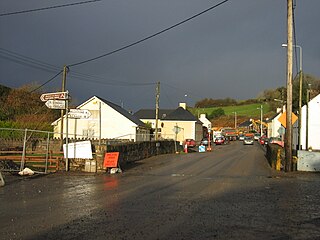
Hollyford is a small village in County Tipperary, Ireland. It is in the Roman Catholic parish of Kilcommon and Hollyford and Rearcross, in the Archdiocese of Cashel and Emly, and is in the barony of Kilnamanagh Lower.
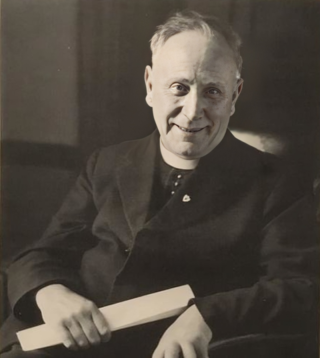
John Martin Hayes was an Irish Catholic priest and the founder of Muintir na Tíre, a national rural community development organisation.

Moneygall is a small village on the border of counties Offaly and Tipperary, in Ireland. It is situated on the R445 road between Dublin and Limerick. There were 313 people living in the village as of the 2016 census. Moneygall has a Catholic church, motorway service station, a car sales and repair centre, a national school, a Garda station and two pubs. The nearest Church of Ireland church, Borrisnafarney, is 2 km from the village beside the former Loughton Demesne.
Templeglantine, officially Templeglentan, is a village in west County Limerick, Ireland between Newcastle West and Abbeyfeale on the N21 national primary route – the main road from Limerick to Tralee. The village is approximately 55 kilometres southwest Limerick City and roughly 45 kilometres east of Tralee. Templeglantine is often simply referred to as 'Glantine' by natives and other west Limerick locals.

Mary Immaculate College, (MIC) St. Patrick's Campus, Thurles is a third-level college of education in Thurles, County Tipperary. Formerly a seminary, the college specialises in humanities courses in accounting, business studies, Irish and religious studies.
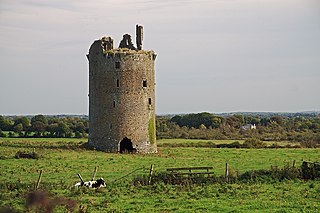
Drom is a village in County Tipperary, Ireland. It is located just off the main Borrisoleigh to Templemore road. Its population was 129 at the 2006 census.
The parish of Kilcommon and Hollyford is an ecclesiastical parish in the Roman Catholic Archdiocese of Cashel and Emly. It includes the villages of Rearcross and Kilcommon in County Tipperary and the village of Hollyford in County Tipperary, Ireland. The parish is located in the Slieve Felim Mountains close to the border with County Limerick.
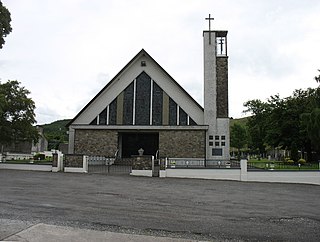
New Birmingham is a small village of approximately 20 houses, in the parish of Kilcooly, and the townland of Gortnahoe and Glengoole, in County Tipperary, Ireland. It is located approximately 15 kilometres from Thurles and also on the R689 regional road between Urlingford and Fethard. It is within the townland of Glengoole, and is in the barony of Slievardagh.
Arthur Ryan (1852–1922), was an Irish priest and poet, who served as president of St. Patrick's College, Thurles (1887–1903). Arthur Ryan was born in 1852 the son of John Ryan, in Scarteen, Co. Limerick, into Catholic gentry, Ryan family of Scarteen House and Emily House. He was educated for the priesthood in Oscott College, and ordained in 1876 at Thurles for the Cashel diocese, by Archbishop Thomas Croke.

















